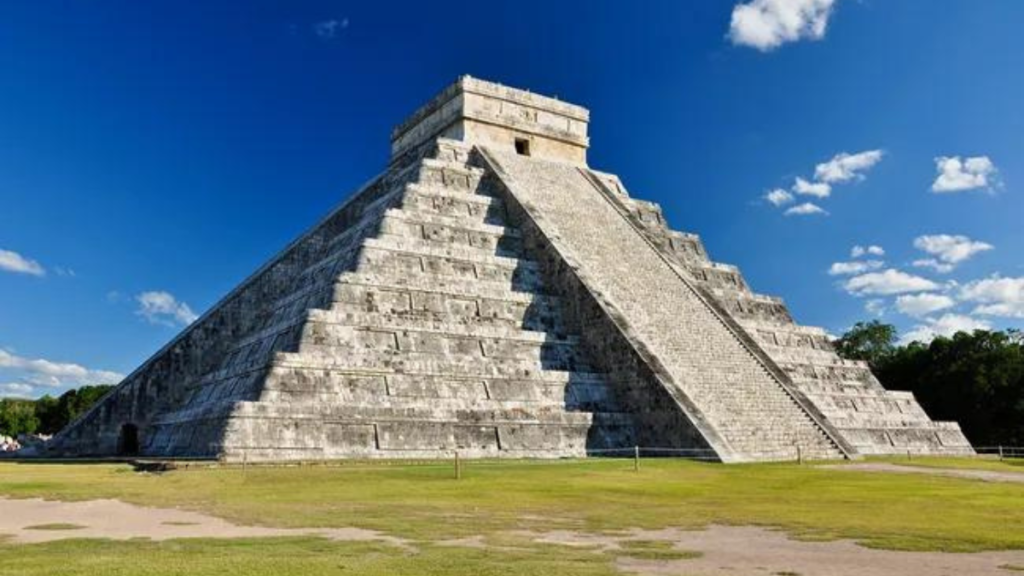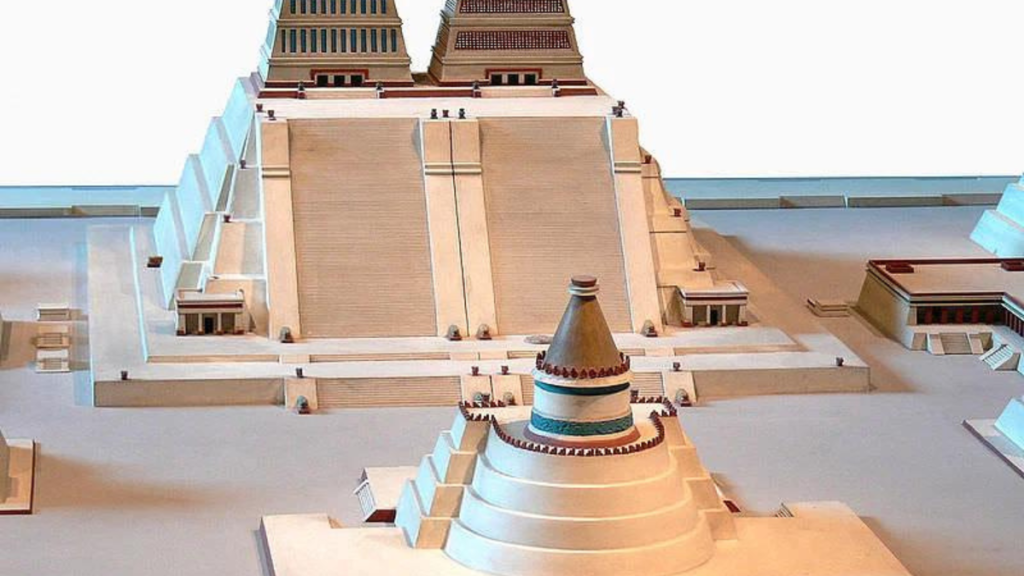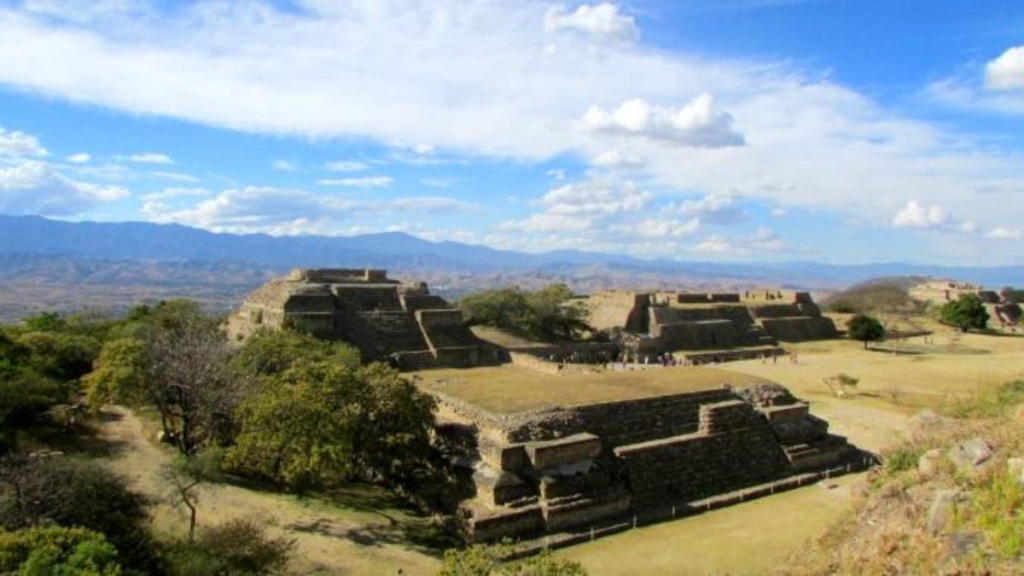Introduction
Mexico’s Rich Tapestry: Mexico is a country embedded in a rich tapestry of history, with an abundance of historic sites that testify to its vibrant past. From ancient civilizations to colonial influences, each site contributes to Mexico’s diverse cultural heritage, telling a unique story. Or, we begin a virtual journey to explore some of Mexico’s most fascinating historical sites, their stories and their significance.
Chichen Itza (Mexico’s Rich Tapestry)

Research on any historical site in Mexico cannot begin without visiting Chichen Itzala, a UNESCO World Heritage Site and one of the New Seven Wonders of the World. Chichen Itza, located on the Yucatan Islands, was the main city of the Maya civilization and flourished from the 7th to the 10th century. The iconic pyramid, El Castillo, which dominated the site, serves as evidence of the Maya’s advanced architectural and astronomical knowledge.
Chichen Itza served as a center of trade, politics and religion, making it a multifunctional city with a rich historical heritage. Tourists can see intricate korivkams, a sacred cenote and an excellent ball court where ancient sporting events took place. Chichen Itza is a reminder of the culture and ingenuity of a pre-Columbian civilization that would have developed in a single region.
Teotihuacan (Mexico’s Rich Tapestry)

Also known as the “City of the Devanches”, Teotihuacan is another archaeological wonder that would have flourished before the arrival of the Aztecs. Located on the outskirts of Mexico City, this ancient city reached its peak around 450 AD and would have been one of the largest and most influential urban centers in pre-Columbian Mesoamerica.
The Pyramid of the Sun and the Pyramid of the Moon are the centerpieces of Teotihuacan, representing important religious and cultural symbols of the city. The Avenue of the Dead, with its various temples and palaces, showcases the urban planning and architectural skills of its ancient inhabitants. While Teotihuacan is fascinated by its mysterious curves, historians and archaeologists are more interested in the mysterious history hidden in its stone structures.
Also Read : 5 Best Places to Travel Solo Female in USA
Palenque (Mexico’s Rich Tapestry)

Located in the dense jungle of Chiapas, Palenque is a testament to the artistic and architectural heritage of the Maya civilization. Palenque flourished between the 6th and 8th centuries and reached its peak under the influence of Paul de Gretzky. Or the site contains amazing structures such as inscription temples, elaborate tombs, and hieroglyphic inscriptions detailing the city’s history.
Palenque’s green complex and intricately carved monuments transport visitors to the Near East and provide a glimpse into the spiritual and cultural practices of the Maya people. Palenque‘s well-preserved artworks and hieroglyphs reveal the secrets of an ancient civilization, making it one of the definitive archaeological sites in Mexico.
Templo Mayor (Mexico’s Rich Tapestry)

Located in the center of Mexico City, the Templo Mayor represents the archaeological remains of the Aztec capital Tenochtitlan. Discovered in 1978, the historic site provides a window into urban life, religious practice, and the Aztec political structure before the arrival of the Spanish conquistadors.
The Templo Mayor itself is an intermediate religious structure in Tenochtitlan, dedicated to the Aztec gods Huitzilopochtli and Tlaloc. Excavations have revealed several interconnected temples, showing the continuous expansion and reconstruction of the city. The site’s museums display an impressive collection of excavated artifacts, providing a comprehensive understanding of Aztec culture and history.
Guanajuato (Mexico’s Rich Tapestry)

Over time, the colonial city of Padun, Guanajuato has emerged as a living museum showcasing the architectural and cultural influence of Spanish colonialism. Founded in the 16th century, Guanajuato became a center for silver mining, boasting grand churches, grand gardens, and intricate plazas.
The city’s historic center, a UNESCO World Heritage Site, is filled with winding streets, colorful houses and traditional Juarez theatre. The Basilica of Our Lady of Guanajuato and the Alhondiga de Granitas are notable sites that highlight the blend of European and indigenous influences during the colonial period. Guanajuato’s vibrant climate and preserved architecture make it an attractive destination for those wishing to glimpse Mexico’s colonial past.
Monte Alban (Mexico’s Rich Tapestry)

The Monte Albán Valley of Oaxaca is home to exquisite technivers, one of the most semi-complex societies in Mesoamerica. Settled by the Zapotecs, Monte Alban became a prosperous city around 500 BC and remained prosperous for almost a millennium. The layout of the site, which includes plazas, temples and temple buildings, is Zhapotec in origin.
